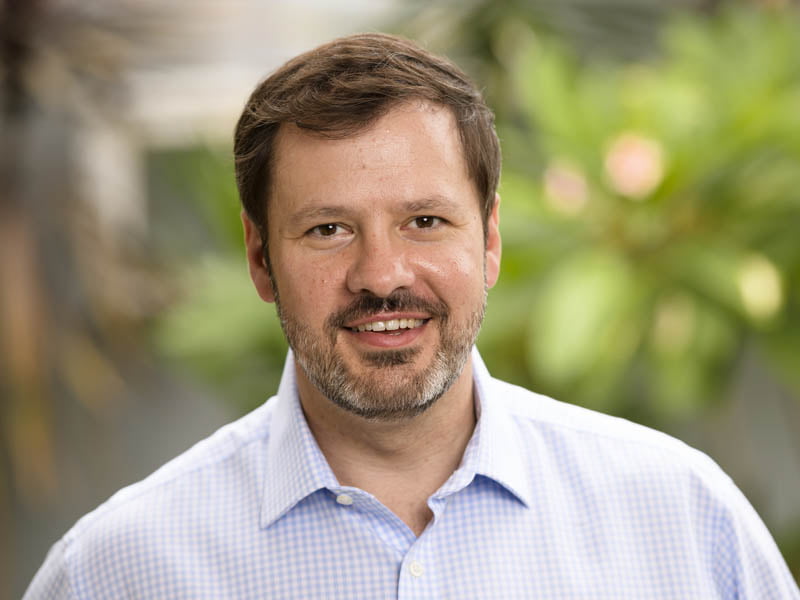While the federal opposition has welcomed the investment of Future Fund money into local VC firm Blackbird, shadow digital economy spokesman Ed Husic says Labor will be watching closely to ensure it is followed by a deeper and broader engagement with the Australian VC sector.
In an appropriations speech in parliament this week, Mr Husic said the $20 million to $30 million the Future Fund invested in Blackbird Ventures was only a tiny slice of the estimated $2 billion that the fund has allocated to VC investments.
Although Labor had no in-principle objection to the Future Fund outsourcing decisions about VC investments to US-based Greenspring Associates, Mr Husic said there are raised eyebrows over how the company would scope other potential Australian VCs to invest in if it had no direct presence in this market.

“I don’t know how many times Greenspring Associates will be out to Australia and if they’ve set themselves up here to do the local scoping work of the local venture capital market, but I have to say this is something we will keep an eye on,” he said.
“Labor has been pressing the Future Fund to do more in this space. If Greenspring Associates only does an occasional visit to Australia …then there will be more questions asked by us.”
Future Fund chief executive David Neal fronted a Senate Estimates committee this week, and was questioned by Senator Jenny McAllister about how much of the Future Fund’s $166 billion investments is being handed out to Australian VCs, in which Mr Neal responded with “tens of millions”.
To date, Future Fund has only invested in one local VC – Blackbird Ventures – that is valued at about $20 million to $30 million, out of the total $2 billion that has been set aside for global VC investments.
However, Mr Neal assured the Senate that the number of investments in local VCs was going to improve.
“These are very small amounts of money in a very large portfolio, and so if the opportunities are good enough, there’s plenty of opportunity for us to continue to contribute more capital. So there’s certainly no cap or limit or anything like that,” he said.
“From a Future Fund portfolio perspective, it would not be possible for us to have too much Australian venture capital in a $160 billion portfolio.”
Mr Neal added that the Future plans to invest in as many local VCs as possible over the next two years, but under the condition they reach a certain “global grade”.
“Our task is to generate the strongest return we can. It’s not in our interest or taxpayers to be investing in companies that don’t meet that grade. But where we can find Australian business that can meet that grade, that is good news for us,” he said.
Mr Husic criticised the Future Fund for not being able to provide any further details of exactly what its future plans are.
“For a group that is so fixed on stats, numbers and the concrete, they have not been forthcoming about how they will move from the one per cent to two per cent mark of current local investment from a $2 billion venture capital pool to something better. You would expect better,” he said.
“Don’t get me wrong, I think what they’re doing is good. We’re not advocating a mandate and forcing them to do that. We certainly recognise you have to be very prudent about applying funds in this space, because it is a high-risk class,” Mr Husic said.
“But the point is this: if the Future Fund has accepted the asset class and if the Future Fund has accepted investing $2 billion in venture capital, then clearly the appetite is there.”
Do you know more? Contact James Riley via Email.

